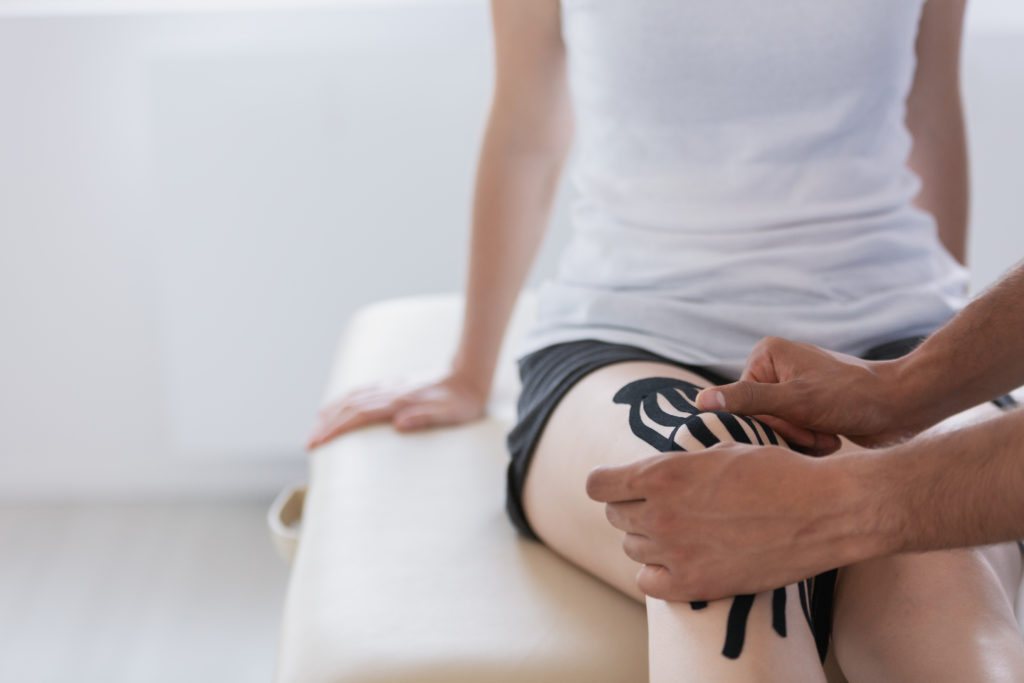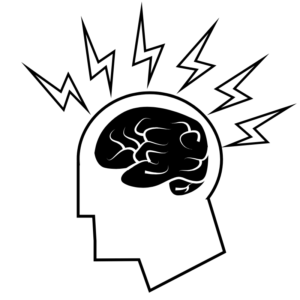There are several things that could be causing pain in the back of your knee. While many of these issues are not serious, others are and will require some more immediate attention.
Knee pain is common as the knees are used regularly and during activities that are high impact or low impact with high duration. Try to prevent knee injuries when possible by applying the principle of R.I.C.E
- Rest
- Ice
- Compression
- Elevate
Many instances of pain behind the knee may be treated by simply stretching the leg before and after a workout. Instances of pain behind the knee are varied and differ from person to person. We examined a few of the more common reasons for pain behind the knee down below.
What Causes Pain Behind the Leg?
Possible Cause Number One: A Baker’s Cyst
Perhaps the name sounds a bit strange but Baker’s cyst is named after the individual who discovered the condition- William Baker. You may not even notice it at first. The cyst blooms over time in the space behind the knee. It is fluid-filled and often resolves on its own. You can use the principles of RICE to treat a Baker’s cyst. We recommend adding in some crutches if the pain gets works and trying to focus on rest.
Possible Cause Number Two: Leg Cramping.
Leg cramping is common and is felt typically when the muscles in the leg begin to tense up. Sometimes these cramps come on overtime and other times they come on suddenly and leave as quickly as they came. The calf muscle is a known culprit for cramping behind the knee. Try gently warming up the muscles and then stretching them daily. Adapting a daily stretching routine is ideal for all individuals looking to relieve and prevent pains behind the knee caused by cramping and overuse.
Possible Cause Number Three: Runner’s Knee
Runner’s Knee is another type of knee injury caused by repetition. Over time the cartilage in our knee wears down and that is the case with runner’s knee. You may want to wear a knee brace when you run to help prevent further injuring your knee.
How do you know if the injury is runner’s knee? Look for these signs:
- Grinding around the knee when you walk or bend your knee
- Limited Range of Motion
- Weak feeling in the knees
- Dull aching Pain Behind the Knee
If your knee starts to give out at random moments or you are finding it difficult to stand or move, head to your doctor to see if you have runner’s knee.
Possible Cause Number Four: Osteoarthritis
As this condition wears down your cartilage over time, similarly to runner’s knee osteoarthritis is a prime suspect for individuals experiencing pain behind their knee. Inflammation in your joints may cause the back of your knee to feel stiff or lack in range of motion. The cartilage may benefit from some compression and even lubrication. You can rub Solomon’s seal oil on your knees when their stiff and keep a brace on during your most strenuous times during the day or when the knee feels particularly swollen.
Possible Cause Number Five: A Torn Meniscus
A torn meniscus is no fun and commonly happens with overuse or sudden activity surges such as when playing basketball or doing another sport that requires a lot of jumping.
If you are unsure if you have a meniscus tear look out for the following signs:
- loss of range of motion such as not being able to jump as high or far
- fatigue or weak feeling in the knee
- Locked Feeling in the Knee
- Swollen Knee
- Pain in Your Knee
There are many other injuries or physical conditions that can cause pain behind the knee. You may have torn your anterior cruciate ligament (ACL) which is the ligament that connects the front of your knee to the surrounding bones. Additionally being overweight can cause pain behind the leg and additional swelling as well as clots in the veins around the knees known as deep vein thrombosis (DVT).
To prevent injuries it is important to remain mobile throughout your life, stretch before and after a workout, keep your weight to a healthy weight, and eat nutritious whole foods that nourish your joints and ligaments as well as keep you feeling well.

